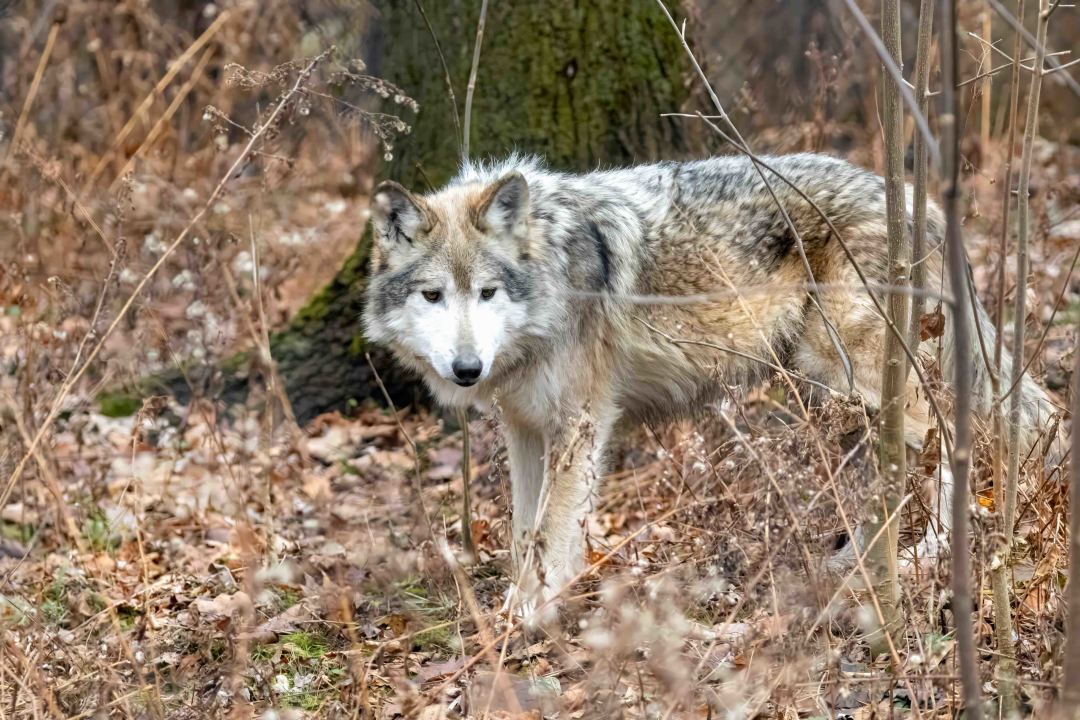- Overview of the Mexican Wolf Recovery Program and its significance in wildlife conservation.
- Role of the Utica Zoo in the Mexican Wolf Recovery Program and its contributions to the initiative.
- The scientific and educational importance of understanding captive breeding and reintroduction strategies.
- Impact on biodiversity and ecological balance through reintroduction of Mexican gray wolves.
- Future goals and challenges faced in the continued implementation of the Mexican Wolf Recovery Program.
The Mexican Wolf Recovery Program stands as a paramount initiative in the field of wildlife conservation, aimed at restoring the Mexican gray wolf population across its natural range in the southwest United States and Mexico. These wolves are the smallest and most genetically distinct subspecies of the North American gray wolf and are critically endangered. Once numbering in the thousands, their population dwindled significantly due to habitat destruction and human activities. Recognizing the urgent need to preserve this vital species, the U.S. Fish and Wildlife Service has embarked upon this ambitious bi-national program, involving numerous facilities like the Utica Zoo.
The Utica Zoo has made significant strides in its commitment to the Mexican Wolf Recovery Program. As a participant, the Utica Zoo houses and cares for Mexican gray wolves, playing a crucial role in maintaining the genetic diversity critical for the species’ survival. This involves adhering to the highest standards of animal care and welfare, ensuring that these wolves receive the nutrition, enrichment, and medical attention required for their health and wellbeing. This institutional support is vital for the broader conservation effort and fosters a deeper public understanding of the importance of preserving endangered species.
Captive breeding and reintroduction practices form the core of this recovery program. The scientific community has spent decades developing methodologies to enhance the genetic viability of the Mexican gray wolf population. These wolves are often born and raised in human-managed environments before being released into the wild. Through careful selection in breeding pairs and rigorous monitoring of the wolves in their natural habitats, the program seeks to establish self-sustaining populations. The challenges involved in reintroduction strategies, such as finding suitable habitats and ensuring the wolves’ survival against natural threats, require constant research and adaptation.
Reintroducing Mexican gray wolves into the wild has profound implications beyond merely increasing their numbers. As apex predators, wolves play a crucial role in maintaining the ecological balance by regulating prey populations, which can lead to healthier plant communities and greater biodiversity. The presence of wolves in their natural ecosystems exemplifies the importance of predator-prey dynamics and fosters a richer, more diverse environment that benefits many other species.
The future of the Mexican Wolf Recovery Program hinges on several challenges and goals. Continuous funding, public support, and international cooperation remain vital to its success. As the program continues to evolve, it must adapt to changing environmental and legislative conditions to ensure the long-term survival of the Mexican gray wolf. By advancing educational outreach and fostering partnerships with local communities, the recovery program aims to promote coexistence between wolves and humans, ultimately ensuring the survival of this crucial species for generations to come.
This advanced conservation work conducted at venues like the Utica Zoo reflects how critical collaborations and scientific innovations are for safeguarding our planet’s biodiversity. Through dedicated efforts, the Mexican Wolf Recovery Program serves as an exemplary model of conservation excellence, showcasing how thoughtful human intervention can restore ecological harmony. By championing the plight of the Mexican gray wolf, institutions like the Utica Zoo are making tangible contributions to the preservation of our world’s precious wildlife.
*****
Source Description
The Utica Zoo is a proud participant in the Mexican Wolf Recovery Program, a critical bi-national initiative led by the U.S. Fish and Wildlife Service, and is one of approximately 60 facilities who house and care for these wolves.
The goal of the Recovery Plan is to restore Mexican gray wolves to a portion of their ancestral range in the southwest United States and Mexico. To date, there are approximately 350 gray wolves under human-care who participate in captive breeding programs and re-introduction to the wild programs.
You can read more about the Mexican Wolf Recovery Program at www.uticazoo.org/utica-zoos-mexican-wolves-contribute-to-vital-conservation-efforts/
📸: Brett Hull
The Association of Zoos and Aquariums

